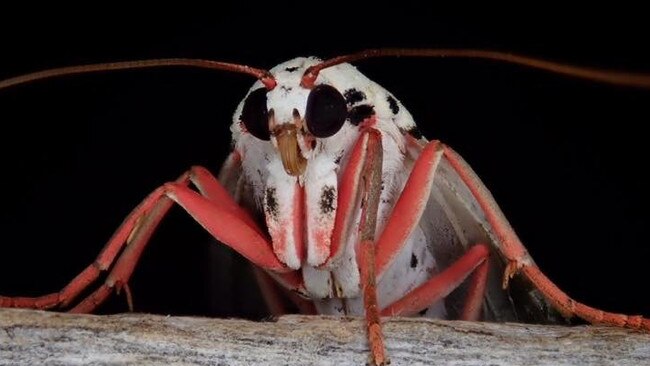‘Smellicopter’ drone harnesses moths’ sense to sniff out trouble
Researchers have joined the antenna of a moth with a drone to create a vehicle that detects smells.

It may sound like an unlikely pairing but researchers have joined the antenna of a moth with a drone to create a vehicle that detects smells.
The so-called Smellicopter could scan disaster zones for survivors buried under rubble or be used to detect gas leaks.
Drones can reach places that people or even dogs cannot, including unstable structures or the sites of unexploded devices.
Fitting them with smell-detecting sensors could make them useful in finding particular objects, but these are not usually sensitive enough or do not react fast enough for it to work. Mechanical engineers at the University of Washington, in Seattle, have turned to moths to solve this problem. The moth uses its antennae as a nose and is able to sense chemicals in its environment and navigate towards food or a potential mate.
The team, whose research was partially funded by the US air force, decided to test if they could use the antennae from moths — specifically the Manduca sexta hawkmoth — on their drone to detect smells.
Researchers placed the moths in a fridge to anaesthetise them before removing an antenna. Once separated from the live moth the antenna stayed biologically and chemically active for up to four hours. The scientists placed the end of the antenna on to tiny metal wires connected to the drone. These wires connected to an electrical circuit that could tell when the antenna was responding to odours by registering spikes in the electrical signal.
The team then compared it with a typical man-made sensor by placing both at one end of a wind tunnel and wafting towards them a floral scent and a smell of ethanol. The antenna reacted faster and took less time to recover between puffs than the man-made sensor.
“Nature really blows our human-made odour sensors out of the water,” said Melanie Anderson, a PhD student who has led the creation of the drone. “By using an actual moth antenna with Smellicopter, we’re able to get the best of both worlds: the sensitivity of a biological organism on a robotic platform where we can control its motion.”
The team added two plastic fins to the back of the drone to create drag to help the device be constantly upwind, allowing for better detection of smells.
During tests it was tuned to fly toward smells that moths find interesting, such as floral scents. However, the team hopes in the future they can make the moth antenna sense other smells, such as carbon dioxide from a person trapped under rubble or the chemicals coming from an unexploded device.
THE TIMES



To join the conversation, please log in. Don't have an account? Register
Join the conversation, you are commenting as Logout